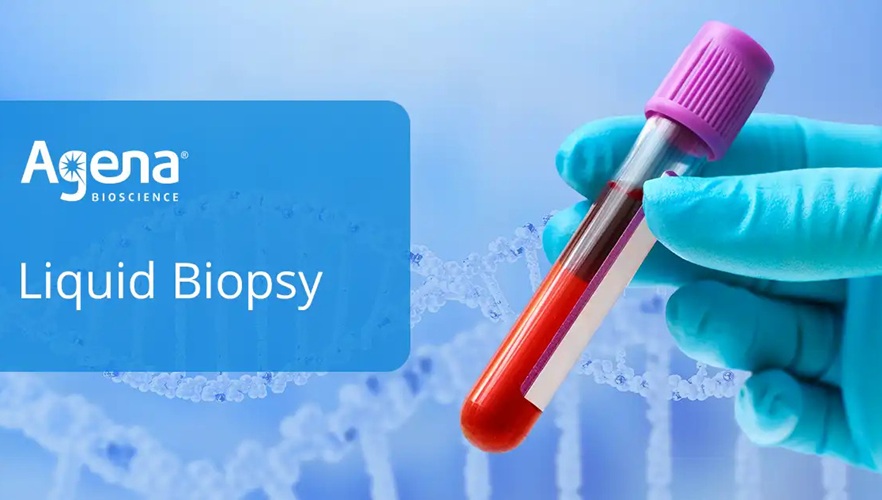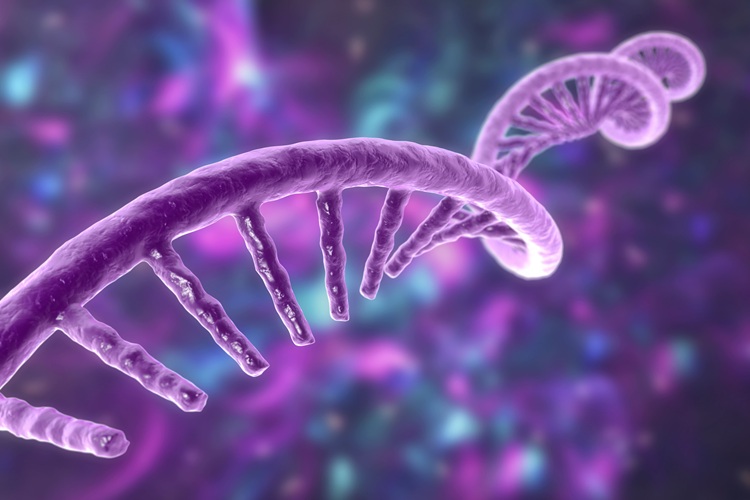ctDNA Blood Tests Improve Lung Cancer Diagnosis
Posted on 11 Jun 2025
Lung cancer remains a major global health burden, being both the most frequently diagnosed cancer and the leading cause of cancer-related mortality worldwide. When it spreads to other parts of the body, comprehensive molecular profiling of the tumor becomes essential to ensure patients receive the most suitable treatments. At present, treatment decisions are based on tumor tissue analysis, while radiological imaging is used to monitor treatment response. However, tumor samples are often insufficient or unavailable for such diagnostics, and imaging methods are frequently too insensitive to assess how well treatments are working reliably. These limitations can result in suboptimal care. When cells die, they release DNA into the bloodstream; in cancer, this includes circulating tumor DNA (ctDNA), which offers a potential alternative for diagnosis and monitoring. Despite its promise, there are still uncertainties about how ctDNA testing should be integrated into clinical practice. A new study has now explored key aspects that affect the clinical use of ctDNA testing in advanced non-small cell lung cancer (NSCLC).
In this study, researchers at University Medical Center Groningen (UMCG, Groningen, Netherlands) carried out a retrospective analysis of serially collected plasma samples from NSCLC patients at the time of diagnosis. Their goal was to assess how ctDNA testing could add value in detecting mutations with treatment relevance and what the clinical implications might be. The study analyzed 180 plasma samples from consecutively recruited NSCLC patients. Circulating cell-free DNA (ccfDNA) was extracted and evaluated using the UltraSEEK Lung Panel v2 on the MassARRAY System by Agena Bioscience (San Diego, CA, USA). For 132 patients, next-generation sequencing (NGS) data from tumor tissue, part of standard clinical molecular testing, were obtained from the national pathology registry.

The findings, published in the journal Nature, reveal that 82% of patients had concordant mutation findings between tumor tissue and plasma. Tumor tissue-based NGS identified more mutations in 19 patients, while plasma testing revealed additional mutations in four. Overall, tumor tissue profiling showed 60 patients were eligible for targeted therapies, including 15 (8%) with fusion mutations not detectable by the UltraSEEK panel. Using ctDNA analysis alone, 41 patients (23%) were identified as candidates for BRAFV600-, EGFR-, or KRASG12C-targeted treatments. Notably, in 48 cases where tumor tissue NGS was not available, ctDNA testing still detected five actionable mutations. These results indicate that ctDNA profiling can detect clinically relevant mutations at a rate comparable to traditional tissue-based NGS and could serve as either an alternative or a complementary method for identifying actionable genetic changes in plasma.
Related Links:
UMCG
Agena Bioscience














